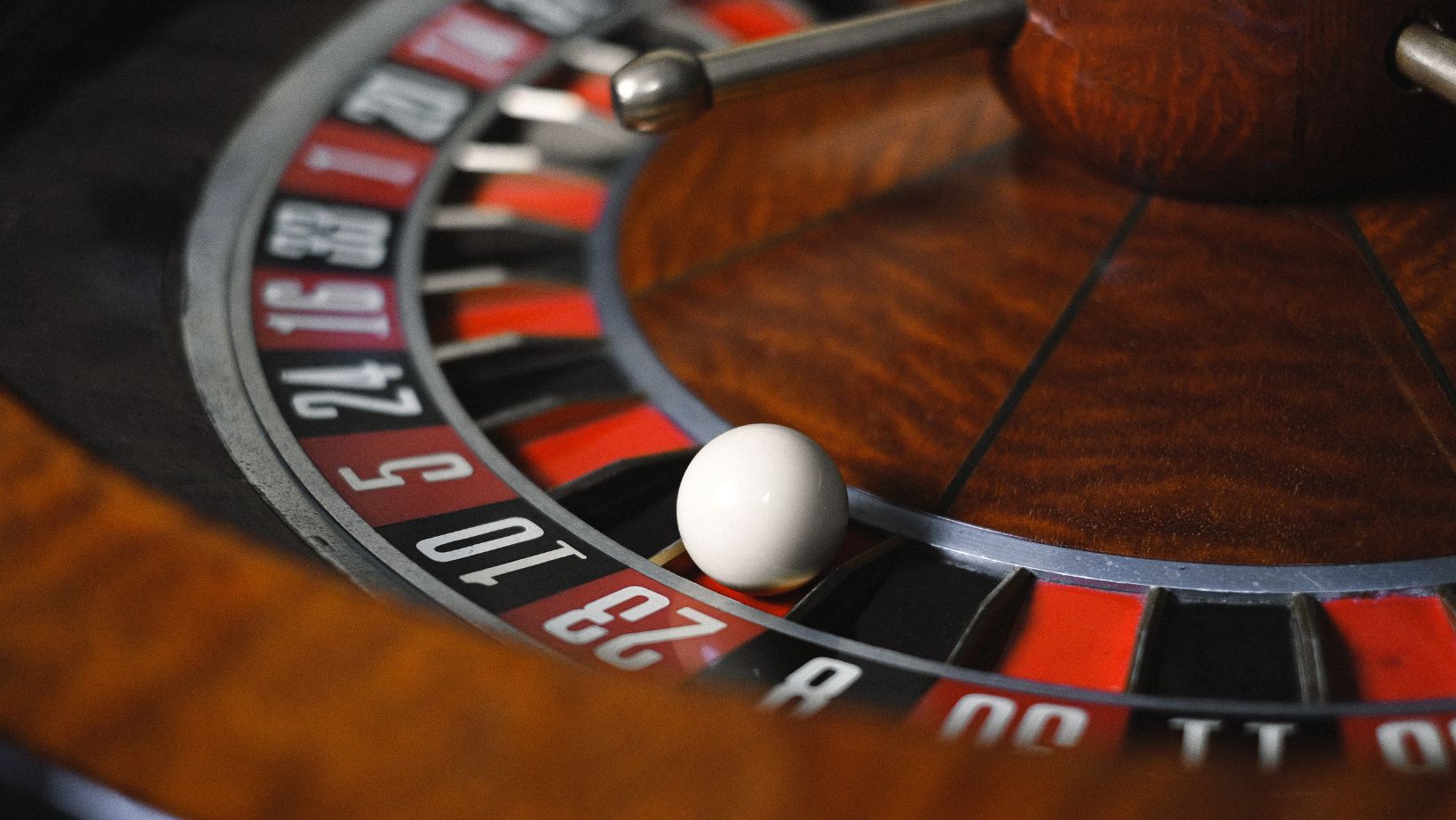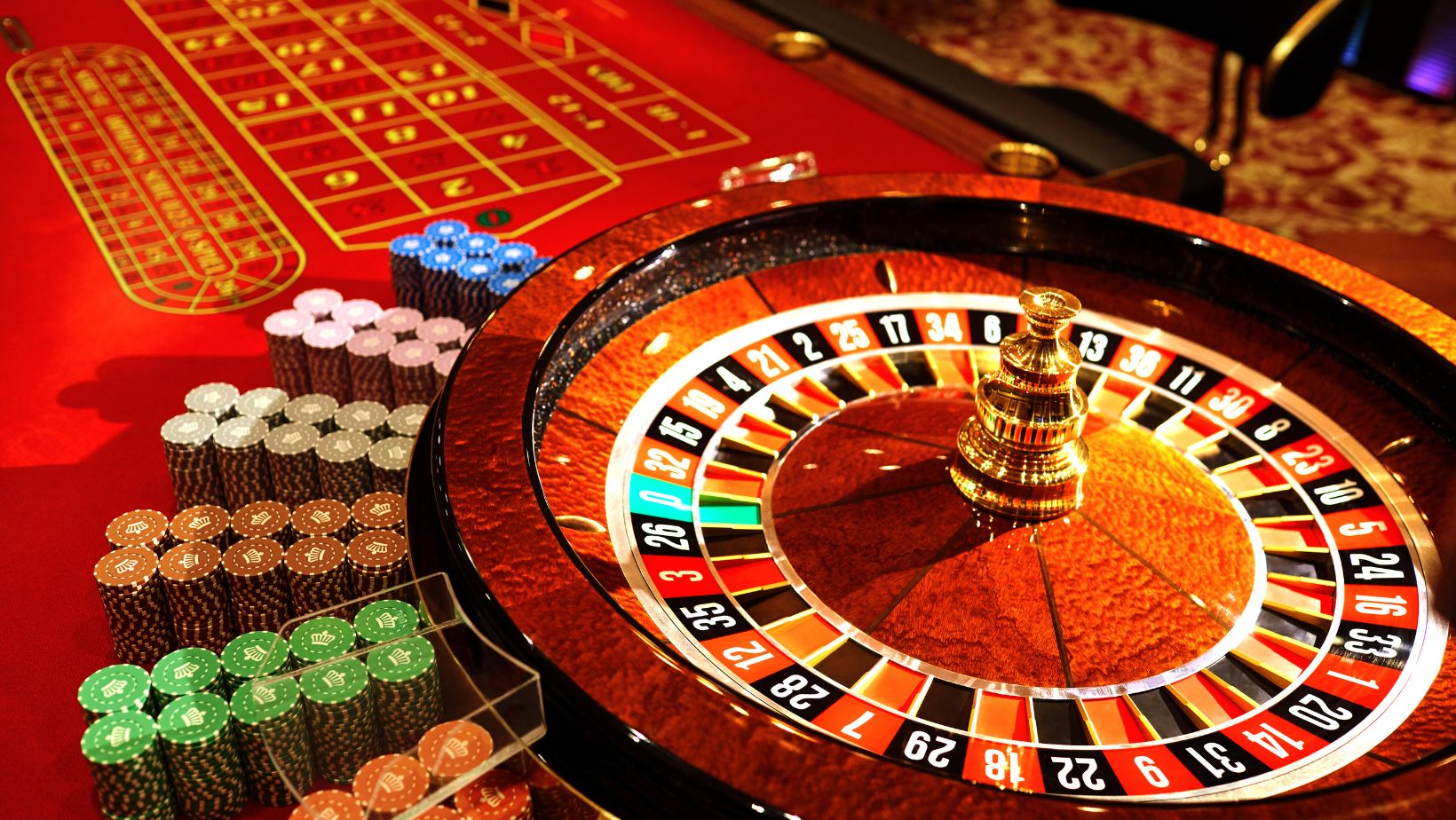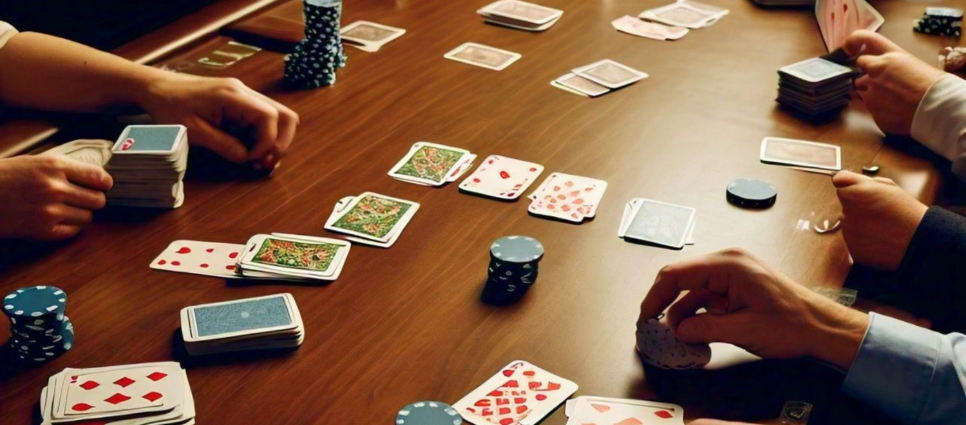I’m not trying to be dramatic here, but after covering gambling behavior since 2012, I’ve come to believe casino sessions don’t just “happen.” Not usually. A while back I wandered gaming floors with a notebook and a cheap stopwatch, mostly out of curiosity, and noticed the same thing over and over: people stayed longer than they’d planned, spent beyond the number they’d said out loud, and walked away oddly content even after losing.
That mismatch nagged at me. Why feel good about a net loss? So I poked around: peer‑reviewed studies, interviews with psychologists, a few industry white papers for context. The picture that emerges isn’t perfect or universal, but it does seem to revolve around a blend of unpredictable rewards, cognitive blind spots, and design tricks that stretch sessions beyond what would pass a cold‑math test.
Unpredictable Rewards And The Dopamine Engine
Uncertainty has a charge to it. Brains lean toward “maybe”, because perhaps could be big, and game designers, who aren’t naive about human behavior, build around that. Variable reward schedules take the itch of possibility and turn it into a loop. Continuous, intermittent wins keep anticipation high, especially in online slots where outcomes arrive in seconds. Research suggests the buzz isn’t just on the win; it builds beforehand, with near‑misses lighting up reward pathways enough to nudge “just one more” even when most spins are losers.
Meanwhile, the house math sits there, patient. Return‑to‑player rates are often quoted around 90–96%, and house edges can run from roughly half a percent on some slow, skill‑leaning tables to north of 10% on faster, low‑skill products. Many small payouts, chips back, lights, celebratory noises, can blunt how that edge feels. It looks like progress. The spreadsheet calls it exposure.
The Zone And Time Drift
People don’t just chase wins; they slide into states. One 2020 study archived by the National Institutes of Health described a “dark flow,” a kind of deep machine‑play immersion where time gets weird, attention narrows, and the sound‑light rhythm meshes with repetitive actions. The stronger the flow, the better players said they felt, yes, even when the numbers tilted negative. On the floor, that tracks. Tight goals, instant feedback, short cycles: it’s an immersion recipe. Some work hints that folks who struggle to stay mindful in daily life may be more susceptible to this tunnel vision.
Design leans into it. Faster spins, juiced‑up animations on tiny wins, and polished near‑miss visuals keep arousal steady and the next event always, always, right there.
Design Nudges And The Mind’s Blind Spots
We use shortcuts; casinos nudge those shortcuts. Loss aversion means losing stings roughly twice as much as winning soothes, so players push to claw back to “even” he gambler’s fallacy whispers a cold machine is due; the illusion of control suggests your timing matters even when outcomes are random. Then sunk‑cost thinking reframes leaving as waste, which is not helpful.
The room helps these biases along. No clocks, no windows. Circuits of aisles that meander. Warm light, brisk air, signature scents tuned for comfort. Wins are amplified in the soundscape; losses are hushed. Complimentary drinks untie a few knots of restraint. And when nearby screens trumpet another person’s big hit, sometimes louder than you’d expect, risk starts to look normal and a jackpot feels closer than it is.
Clinicians I’ve spoken with add a sober note: uncertainty plus dark‑flow immersion can crowd out careful thinking and tip some people toward compulsive play, especially with alcohol in the mix and visible social proof around them. I’ve seen echoes of that on late shifts with weekend crowds. Folks arrived to unwind and left talking about “almost” moments, as if proximity equals probability.
The design helps you remember near‑misses and forget the math. And on the business side, manuals and talks aren’t shy about it, session length and bet cadence are core metrics, which aligns incentives with the very loops that keep people seated Customer support accessibility and responsiveness; None of this dooms anyone, to be clear; it just structures behavior in a particular direction.
Clear takeaways? A few. Variable rewards stoke anticipation. The sensory layer smooths out time and emotion. Biases steer more of the wheel than most of us realize. A 2025 synthesis on player psychology even argues you don’t need big wins for a thrill, suspense itself seems to carry the neurochemical punch.
So if you’re playing, give yourself some scaffolding: hard budgets, literal timers, breaks away from screens and noise. And if play stops feeling like play, talk to someone. Regulation and smarter design could help, yes, but in the moment the only guardrails you can count on are the ones you set. Entertainment stays entertainment when the clock, the math, and your head all stay in view, messy as that can be.

